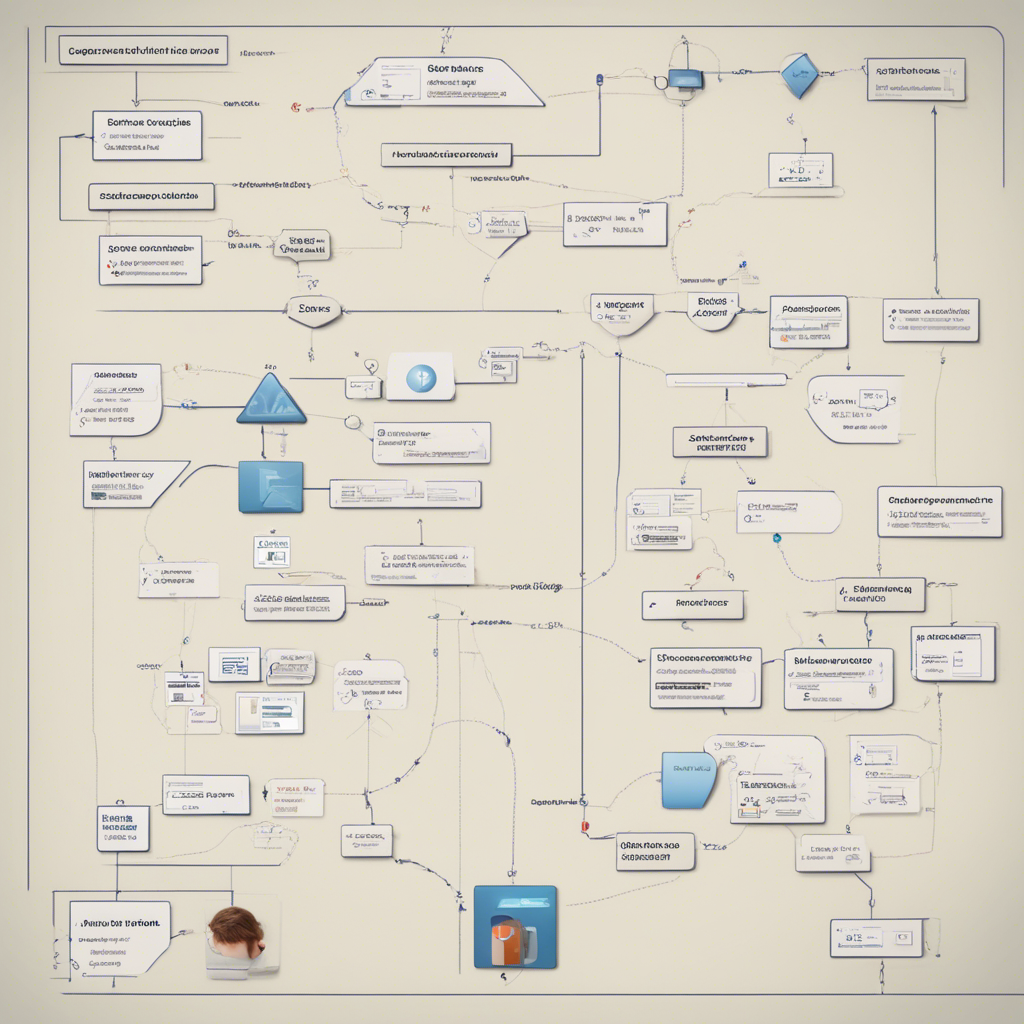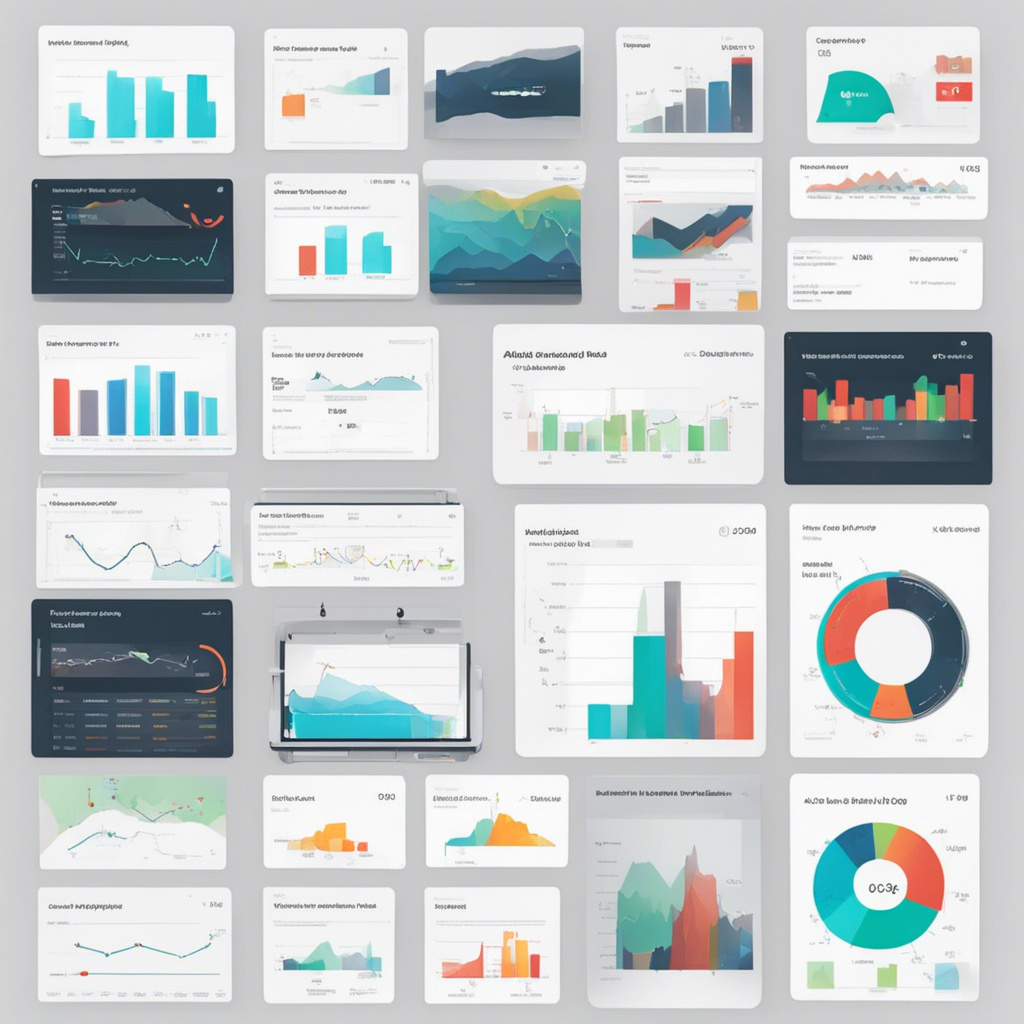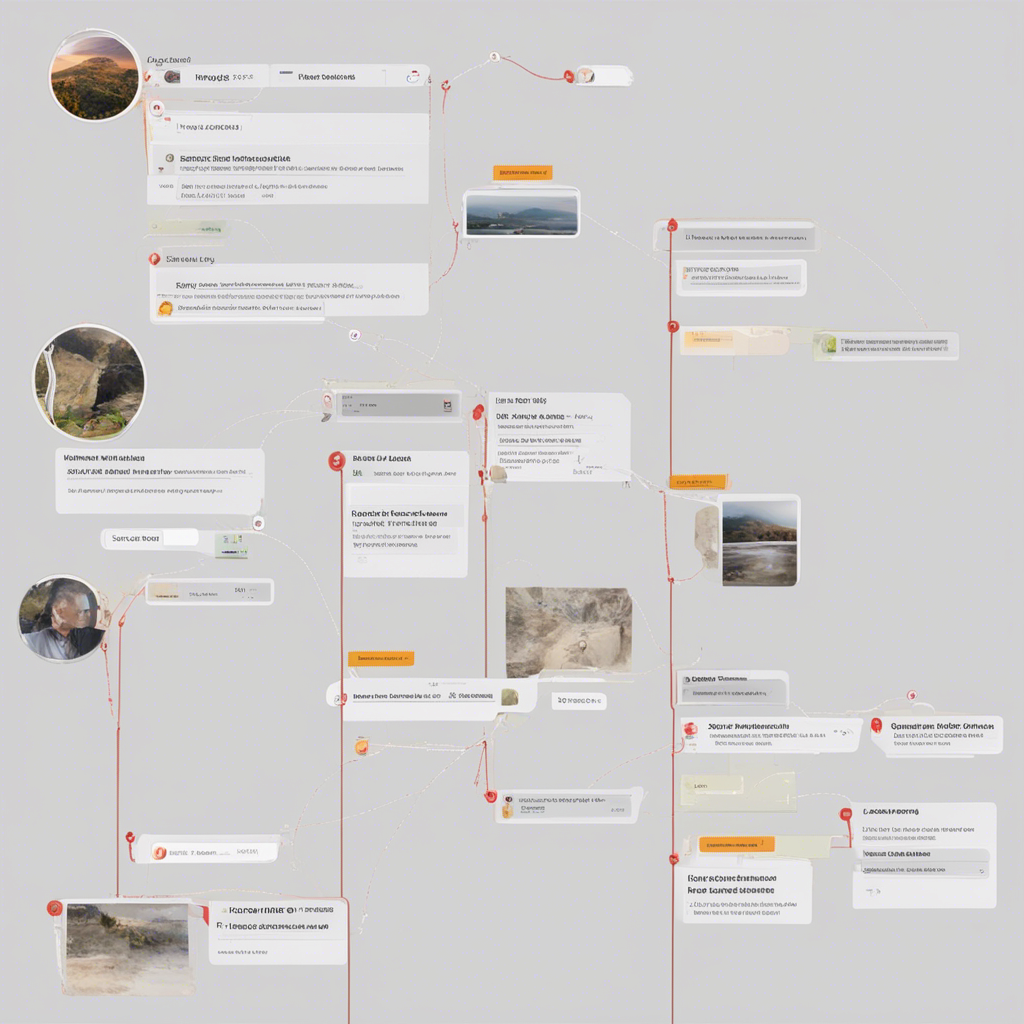
Mapping the User Journey in Tech Products
In today’s technology-driven world, user experience is a critical factor that can make or break the success of a tech product. To create a seamless and engaging user experience, it is crucial to understand and map the user journey. The user journey refers to the series of steps a user takes while interacting with a product, from their initial awareness to the final action they take. By mapping the user journey, product developers and designers can gain valuable insights into user needs, pain points, and opportunities for improvement. In this blog post, we will explore the importance of mapping the user journey in tech products and provide a step-by-step guide on how to do it effectively.
Why is Mapping the User Journey Important?
Mapping the user journey is essential in order to align the goals of the product with the needs and expectations of the users. By understanding the user journey, product teams can identify potential bottlenecks, identify areas for improvement, and design tailored solutions to enhance the user experience. It helps in creating a user-centric approach, where the product is optimized to fulfill user needs, resulting in increased user satisfaction and loyalty.
Step-by-Step Guide to Mapping the User Journey
-
Define the User Persona: The first step in mapping the user journey is to define the user persona, which represents the characteristics, goals, and preferences of the target users. This involves conducting user research, including interviews, surveys, and user testing, to gather insights into user behavior and expectations.
-
Identify User Touchpoints: User touchpoints are the various points of interaction between the user and the product, such as website visits, app downloads, or customer support calls. Identify all the touchpoints in the user journey to get a holistic view of the user’s experience.
-
Outline the User Journey Stages: Divide the user journey into distinct stages, such as awareness, consideration, purchase, and post-purchase. Each stage represents a different mindset and set of user needs.
-
Map User Actions and Emotions: For each stage, identify the actions users take and the emotions they experience. This can be done through data analysis, user feedback, and empathy mapping techniques. Understand what motivates users to take each action and how they feel throughout the journey.
-
Identify Pain Points and Opportunities: Analyze the user journey to identify pain points, which are obstacles or frustrations users encounter, and opportunities, which are areas for improvement or innovation. This can involve conducting heuristic evaluations, usability testing, and analyzing customer support inquiries.
-
Brainstorm Solutions: Based on the pain points and opportunities identified, brainstorm potential solutions to enhance the user experience. This can include improving website navigation, optimizing loading times, providing better onboarding experiences, or adding new features.
-
Design and Test Prototypes: Once solutions have been identified, design prototypes of the proposed changes and test them with users. Gathering feedback and iterating on the design is essential to ensure that the proposed solutions truly address user needs and pain points.
-
Implement and Monitor: After finalizing the design changes, implement them in the product and continuously monitor the user journey to track the impact of the improvements. User analytics, A/B testing, and user feedback are valuable tools to gauge the effectiveness of the changes.
Tools and Techniques for User Journey Mapping
To effectively map the user journey, several tools and techniques can be used:
-
User Flow Diagrams: User flow diagrams visually represent the steps a user takes to complete a task or reach a goal. These diagrams help identify complex user paths and potential areas of friction.
-
Empathy Mapping: Empathy mapping is a technique that helps identify the emotions, attitudes, thoughts, and behaviors of users at different stages of the journey. This technique provides insights into how to better address user needs and pain points.
-
Customer Journey Maps: Customer journey maps are visual representations of the user journey, highlighting touchpoints, emotions, pain points, and opportunities. These maps provide a holistic view of the user experience, helping product teams make informed decisions.
-
Analytics and User Feedback: Utilize user analytics tools to gather data on user behavior, such as page views, click-through rates, and conversion rates. Additionally, collect user feedback through surveys, interviews, and usability testing to gain qualitative insights.
Conclusion
Mapping the user journey is a fundamental step in creating successful and user-centric tech products. By understanding and addressing the needs and expectations of users at each stage of their interaction with the product, product teams can improve the overall user experience and drive user satisfaction and loyalty. The step-by-step guide provided in this blog post, accompanied by tools and techniques, can serve as a framework to effectively map the user journey and optimize tech products for maximum user value.






